News in Brief
-
 Health & Medicine
Health & Medicine‘Three-parent baby’ boy healthy so far
A baby boy born with donor mitochondrial DNA seems to be healthy, researchers report at a meeting.
-
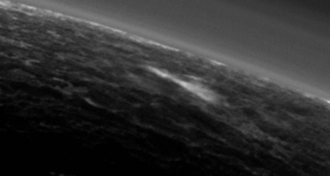 Planetary Science
Planetary SciencePossibly cloudy forecast for parts of Pluto
Reflective patches on Pluto could be hints of rare cloud formation on the dwarf planet.
-
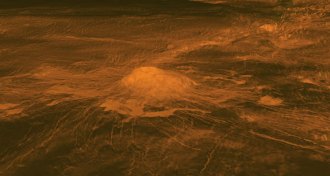 Planetary Science
Planetary ScienceLava may be flowing from Venus volcano
Lava flows might explain a hot spot seen in data from Venus Express spacecraft.
-
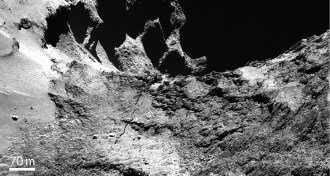 Planetary Science
Planetary ScienceComet 67P cracking under pressure
Cracks developing on comet 67P are signs of stress building in the neck of the comet that could lead to its two ends snapping apart.
-
 Computing
ComputingAI system learns like a human, stores info like a computer
A new artificial neural network hooked up to extra memory can learn to solve complex problems.
-
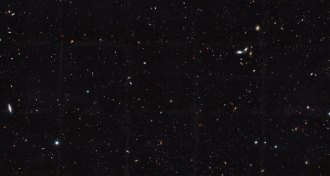 Astronomy
AstronomyCosmic census of galaxies updated to 2 trillion
A new census of the cosmos suggests that there might be 2 trillion galaxies in the observable universe, about 10 times as many as previous estimates.
-
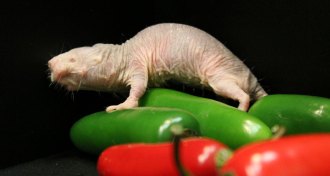 Animals
AnimalsHot and spicy pain signals get blocked in naked mole-rats
Naked mole-rats have a protein that interrupts pain signal.
-
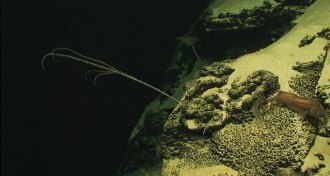 Life
LifeOcean archaea more vulnerable to deep-sea viruses than bacteria
Deep-sea viruses kill archaea disproportionately more often than bacteria, a killing spree with important impacts on the global carbon cycle.
-
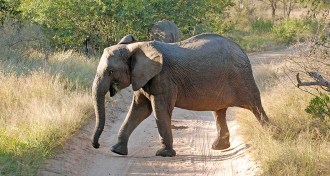 Animals
AnimalsAfrican elephants walk on their tippy-toes
Pressure plates reveal how African elephants load their feet when they walk, providing clues to pachyderm podiatry problems.
-
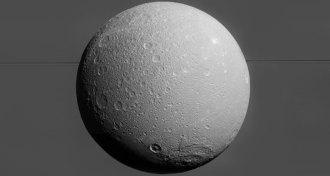 Planetary Science
Planetary ScienceSaturn’s moon Dione might harbor an underground ocean
Saturn’s moon Dione might have an underground ocean, like several other moons in the solar system.
-
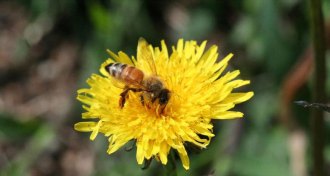 Animals
AnimalsBees take longer to learn floral odors polluted by vehicle fumes
Car and truck exhaust mingling with a floral scent can slow down the important process of honeybees learning the fragrance of a flower.
By Susan Milius -
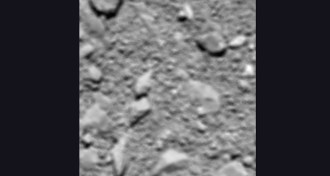 Planetary Science
Planetary ScienceRosetta spacecraft ends mission
The Rosetta mission comes to an end as spacecraft touches down on surface of comet 67P/ Churyumov–Gerasimenko.